Pruning Ash Trees: When And How To Prune Ash Trees
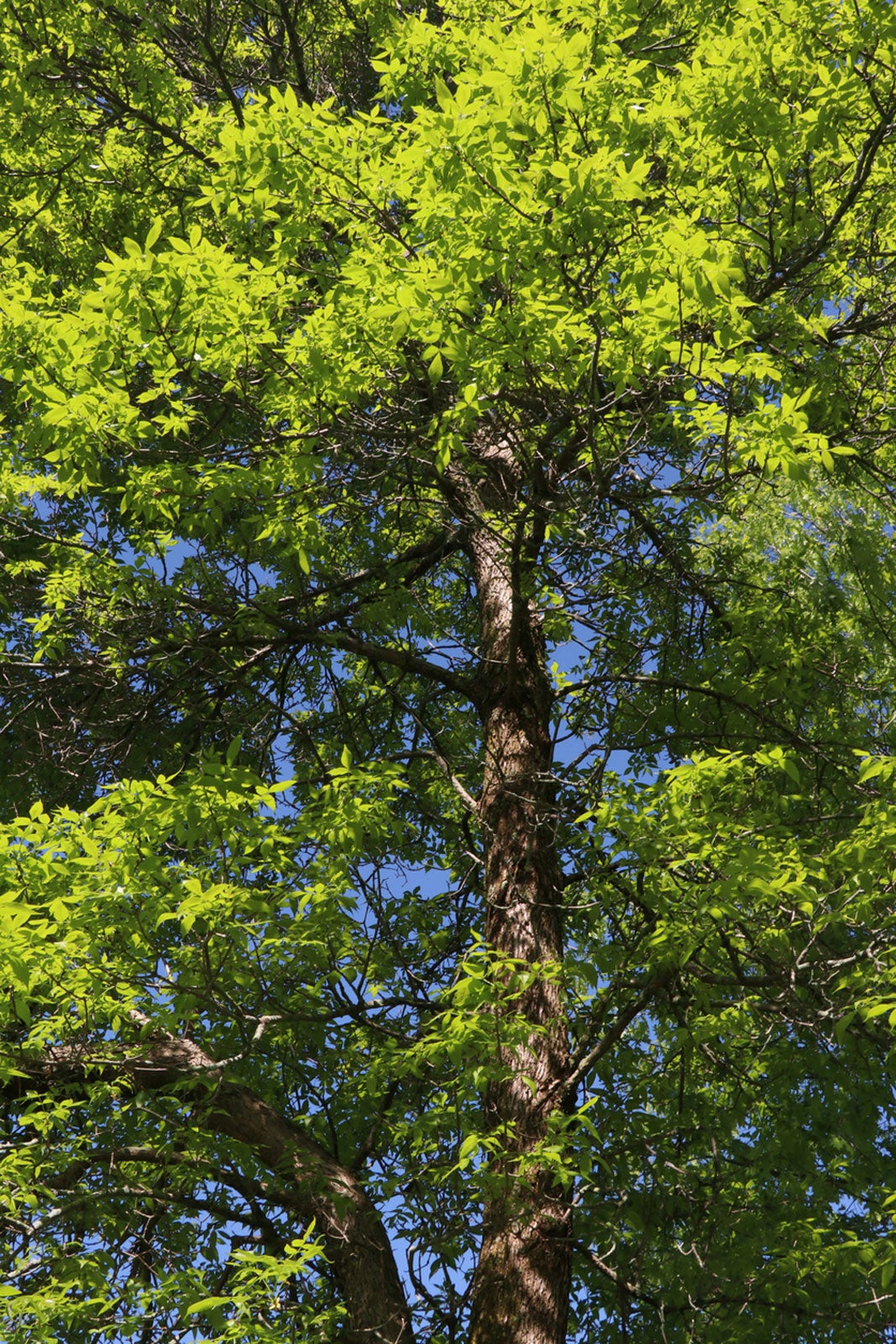

Ash trees are popular and attractive landscape trees. However, pruning ash trees is essential if you want healthy, vigorous specimens. Cutting back ash trees appropriately helps to establish a strong branch structure around a central leader. It can also reduce diseases and limit pest damage. Read on to learn how to prune ash trees.
Reasons for Pruning Ash Trees
Ash trees are handsome deciduous trees, native to North America. They offer attractive, rounded crowns in the growing season and beautiful autumn colors. The wood is hard but agile, and most baseball bats are made of ash. Ash trees have an opposite branching structure. The opposing branch growth usually requires pruning to keep the tree balanced. In addition, the tree can be attacked by diseases and pests that can be controlled by pruning.
Cutting Back Ash Trees
Trimming your tree is not difficult, but it helps if you follow a few ash tree pruning tips.
When to Prune Ash Trees
When to prune ash trees depends in part on why you are making the particular pruning cut. Unless you are pruning to remove dead and diseased branches, you should take care to prune in late winter, while the tree is still dormant. For example, if you must remove live branches to allow additional sunlight and air to circulate inside the tree crown, wait until winter to act. Prune out broken, diseased, infected, or dead ash tree branches whenever you spot them. The sooner you remove these branches, the less likely it is that decay-producing fungi will spread to other areas of the tree. When you inspect the tree for problem branches, be sure to look at the underside of the tree bark for an S-shaped pattern. This indicates the presence of the Emerald Ash wood-boring beetles, a pest that can quickly kill the tree. If you notice defoliation of some branches, it may be a sign of anthracnose. Any signs of brown areas on leaves or cankers on the branches should be your call to start pruning back ash trees in the very near future. These pests weaken the tree and can create serious problems if not addressed quickly by trimming back ash trees.
How to Prune Ash Trees
Use a three-step trimming method to remove branches from an ash tree.
- First, make a cut on the underside of the diseased or damaged branch. This cut should pass a quarter of the way through the branch about half a foot (15 cm.) from the branch collar.
- Next, cut off the branch completely, making the cut one inch (2.5 cm.) past the initial cut. This cut should be made from the top side of the branch.
- When you finish this cut, the branch will fall away. As a final step, remove the branch stump.
Gardening tips, videos, info and more delivered right to your inbox!
Sign up for the Gardening Know How newsletter today and receive a free copy of our e-book "How to Grow Delicious Tomatoes".

Teo Spengler is a master gardener and a docent at the San Francisco Botanical Garden, where she hosts public tours. She has studied horticulture and written about nature, trees, plants, and gardening for more than two decades. Her extended family includes some 30 houseplants and hundreds of outdoor plants, including 250 trees, which are her main passion. Spengler currently splits her life between San Francisco and the French Basque Country, though she was raised in Alaska, giving her experience of gardening in a range of climates.
-
 Looking For Plants To Give You The Soft And Fuzzies? Try These 5 Fuzzy Leaf Plant Options
Looking For Plants To Give You The Soft And Fuzzies? Try These 5 Fuzzy Leaf Plant OptionsLovers of texture, drama, silver foliage and tactile plants will adore these special sensory garden additions. These fuzzy leaf plant options will leave you all aglow
By Susan Albert
-
 Get Ready For A Summer Of Hummers! Grow These Full Sun Hummingbird Plants and Flowers
Get Ready For A Summer Of Hummers! Grow These Full Sun Hummingbird Plants and FlowersIf you’re lucky enough to enjoy a sunny backyard, make sure you are maxing out on your pollinator opportunities and grow these full sun hummingbird plants and flowers
By Tonya Barnett
-
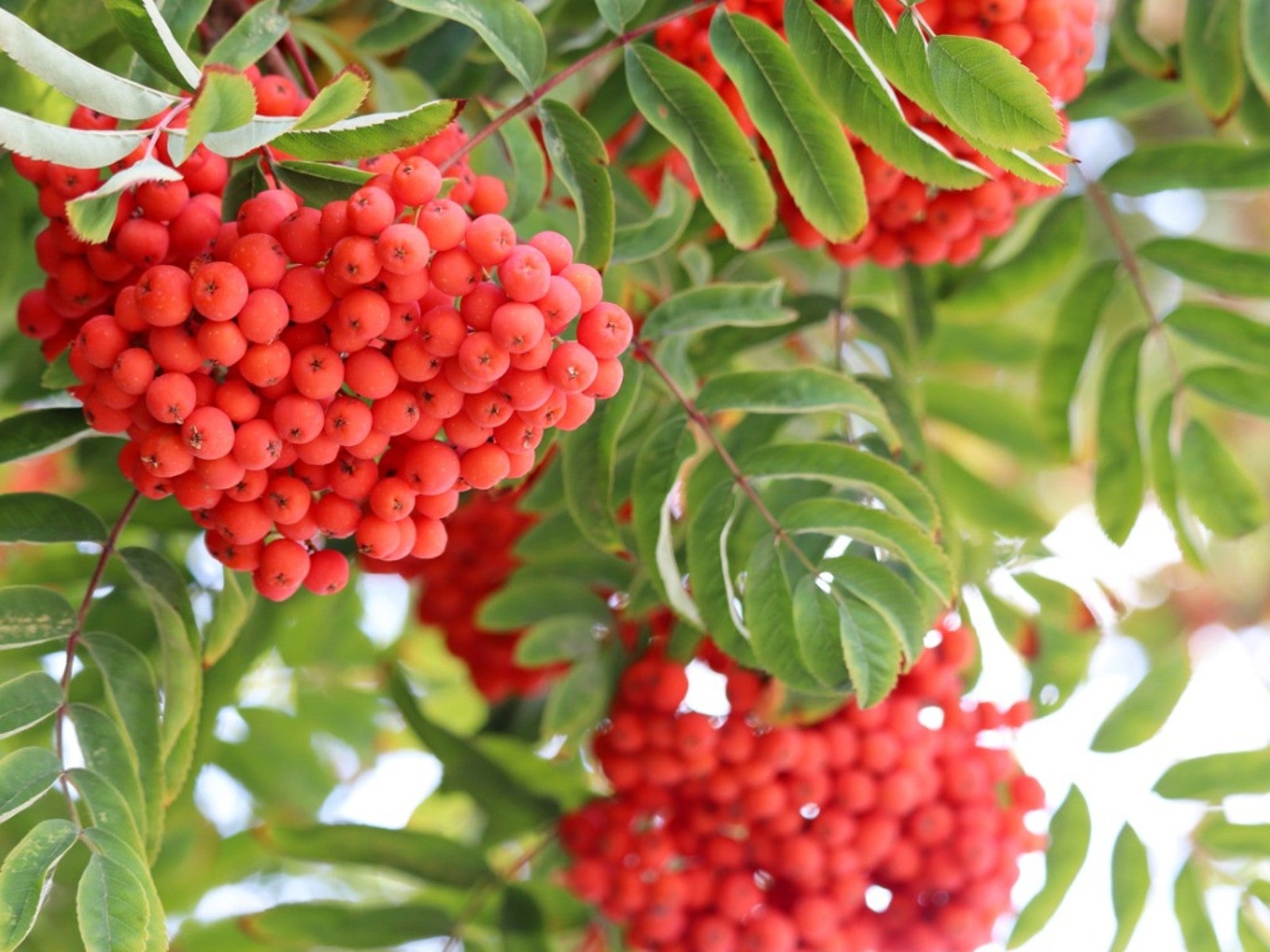 European Mountain Ash: Care For The Rowan Tree
European Mountain Ash: Care For The Rowan TreeAre mountain ash and rowan trees the same? They are exactly the same tree. Read on for more information on these trees.
By Teo Spengler
-
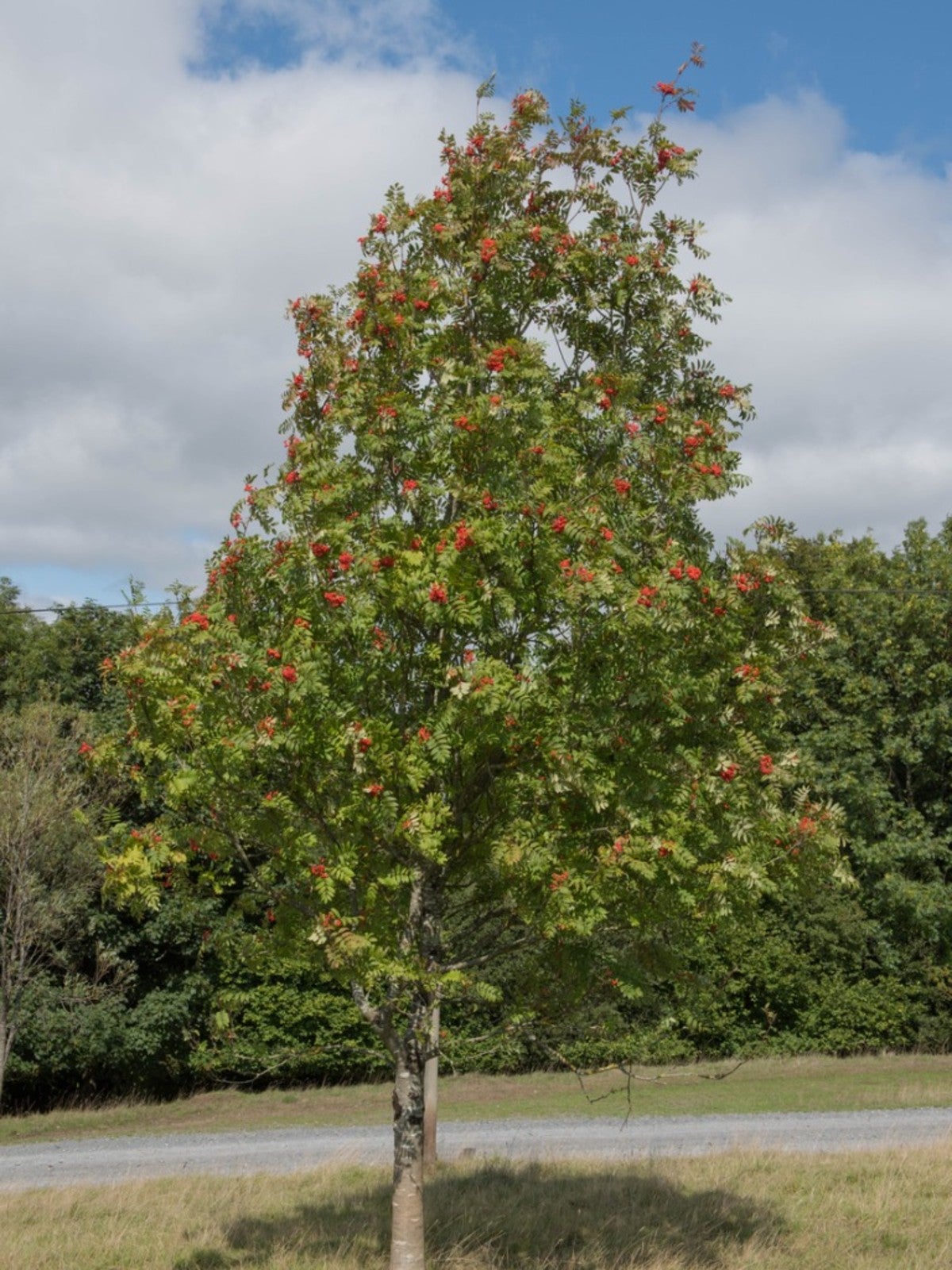 European Mountain Ash Identification - European Mountain Ash Care
European Mountain Ash Identification - European Mountain Ash CareWhat is a European mountain ash tree? If you are considering growing this mountain ash trees for ornamental purposes, click here for tips on care as well as a caution about its invasiveness.
By Teo Spengler
-
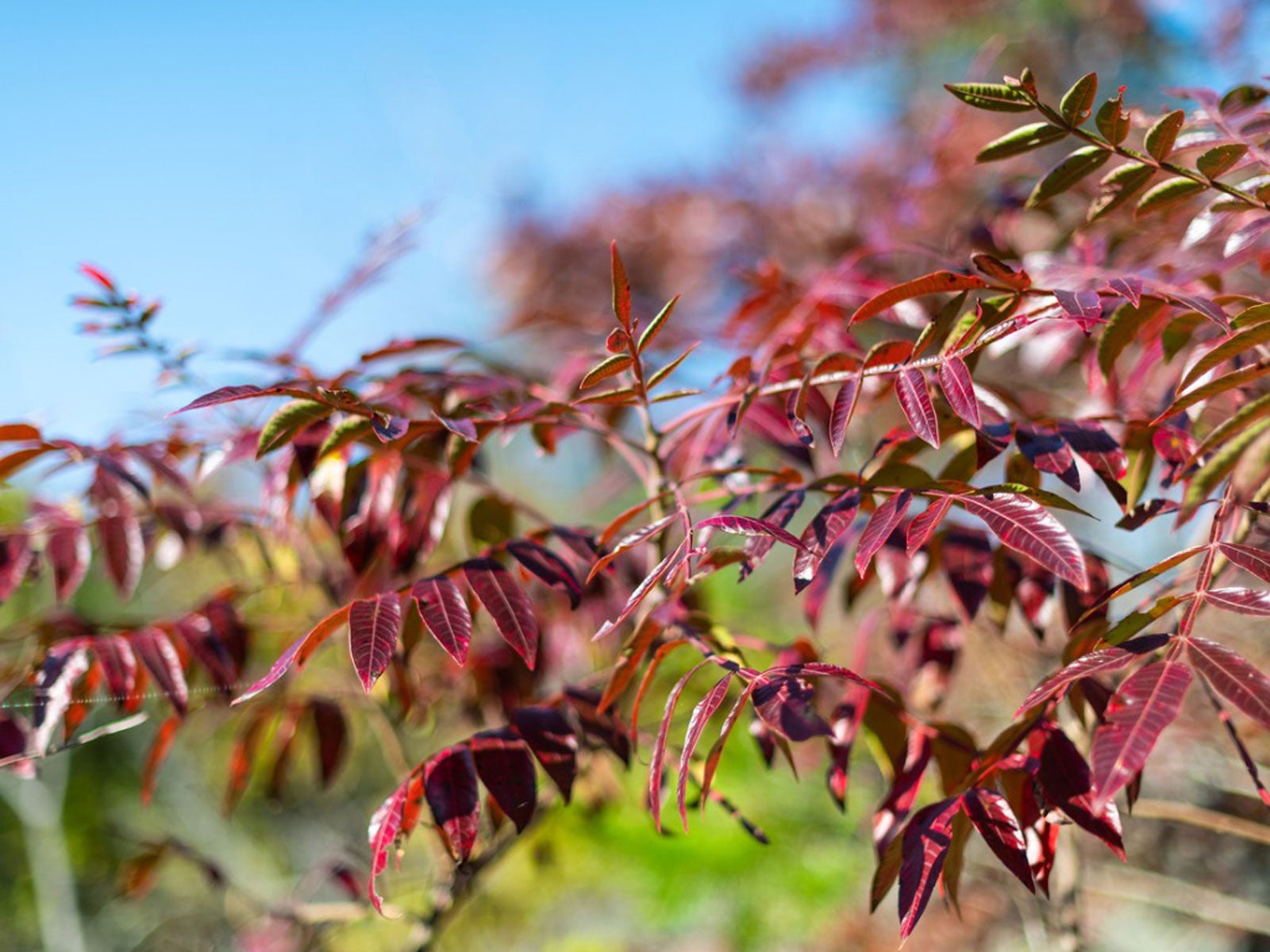 Ash Tree That Turns Purple – Learn About Purple Ash Tree Facts
Ash Tree That Turns Purple – Learn About Purple Ash Tree FactsThe purple ash tree is actually a white ash tree that has purple leaves in fall. Its attractive autumn foliage makes it a popular street and shade tree. For more information about ‘Autumn Purple’ ash trees, click on the following article.
By Teo Spengler
-
 Ash Tree Identification: Which Ash Tree Do I Have
Ash Tree Identification: Which Ash Tree Do I HaveSome species of trees just happen to have “ash” in their common names but aren’t true ashes at all. Find different types of ash tree varieties here.
By Teo Spengler
-
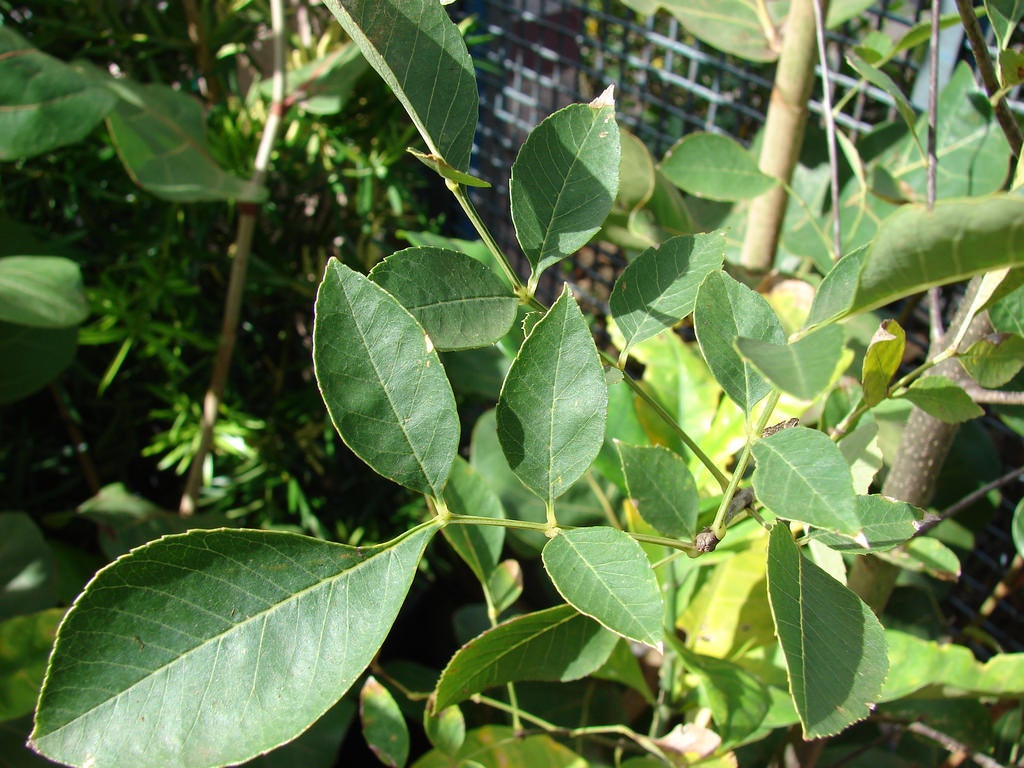 What Is Arizona Ash – How To Grow An Arizona Ash Tree
What Is Arizona Ash – How To Grow An Arizona Ash TreeArizona ash (Fraximus velutina) is an upright, stately tree with a rounded canopy of deep green leaves. It is relatively short-lived but may survive 50 years with proper care. Click on the following article to learn about growing Arizona ash trees in your landscape.
By Mary H. Dyer
-
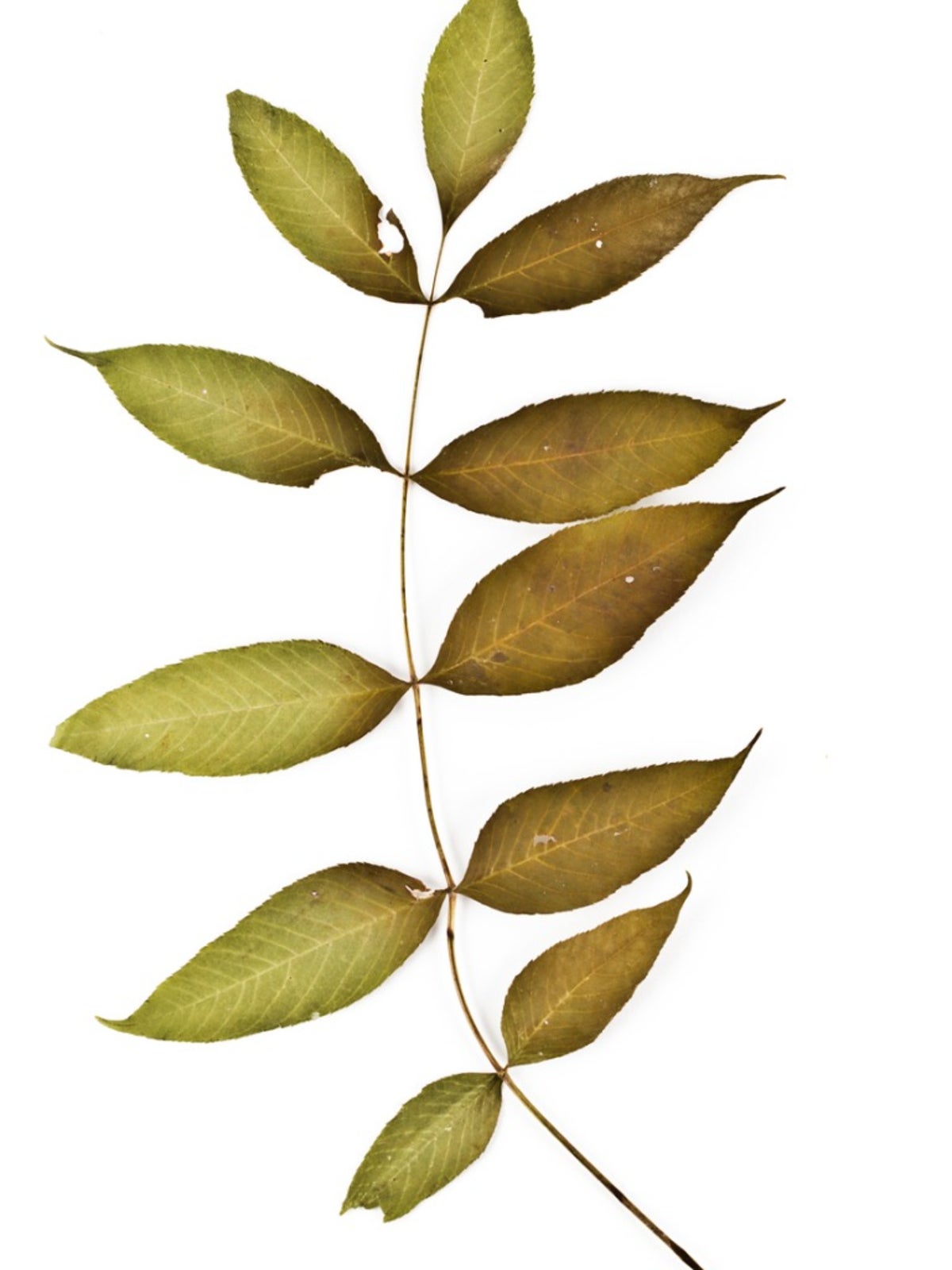 Black Ash Tree Information – Learn About Black Ash In Landscapes
Black Ash Tree Information – Learn About Black Ash In LandscapesBlack ash trees grow slowly and develop into tall, slender trees with attractive feather-compound leaves. This article has additional information about black ash trees and black ash tree cultivation. Click here to learn more.
By Teo Spengler
-
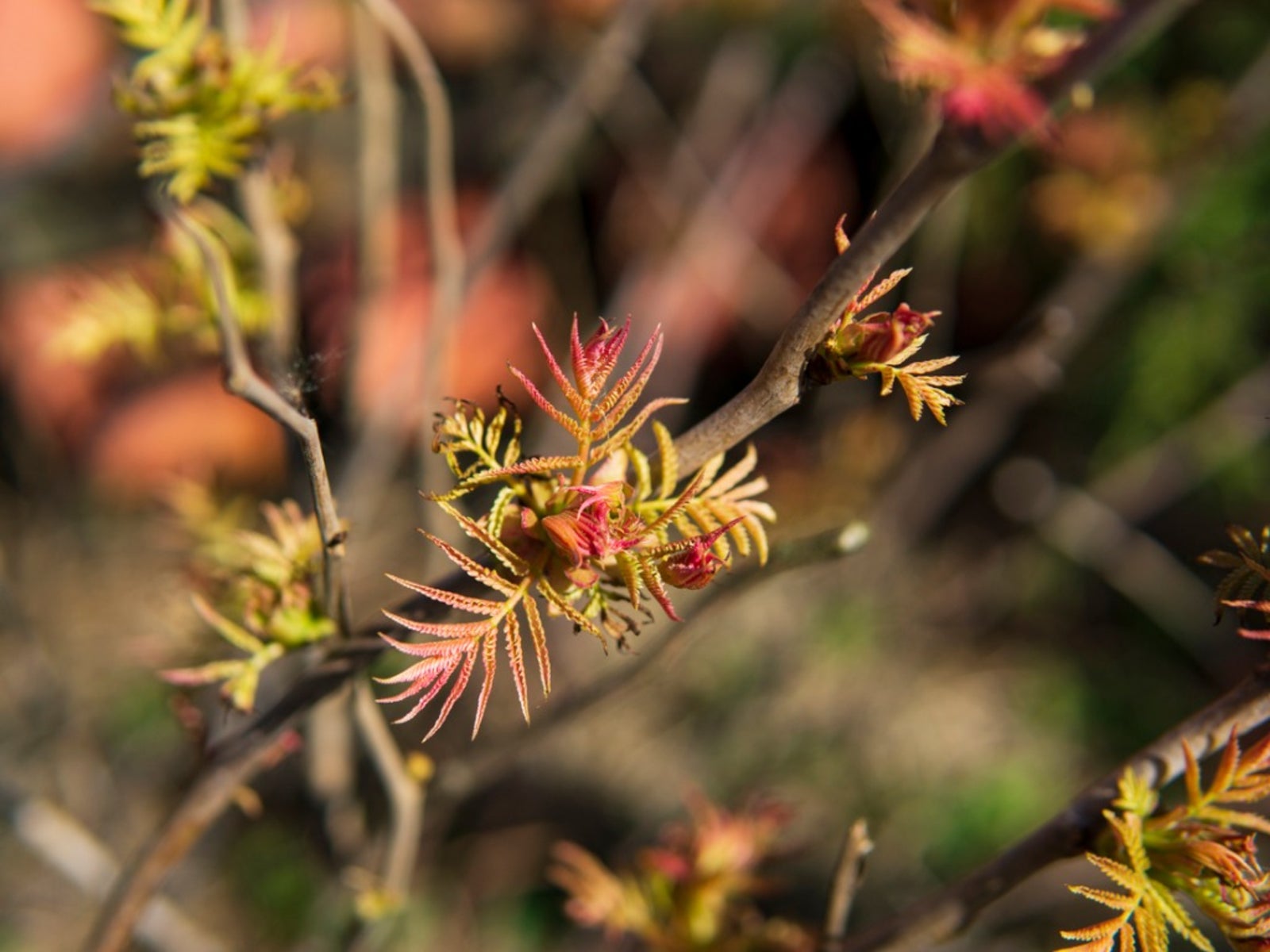 Showy Mountain Ash Care – Can You Grow A Showy Mountain Ash Tree
Showy Mountain Ash Care – Can You Grow A Showy Mountain Ash TreeIf you read up on showy mountain ash information, you'll find that the trees flower profusely, produce attractive berries and offer a stunning fall display. Growing this tree isn't difficult if you live in a cooler climate. Click here for tips on showy mountain ash care.
By Teo Spengler
-
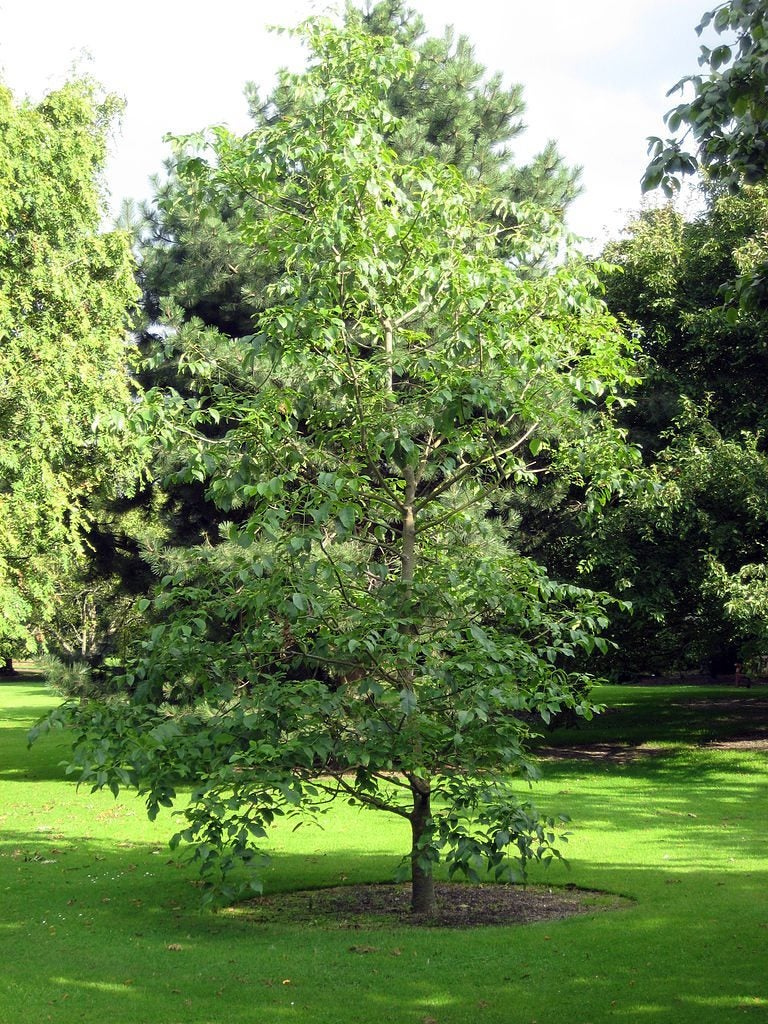 What Is A Pumpkin Ash: Information About Pumpkin Ash Trees
What Is A Pumpkin Ash: Information About Pumpkin Ash TreesYou've heard of pumpkins, but what is a pumpkin ash? It's a fairly rare native tree that is a relative of the white ash tree. If you're thinking of growing pumpkin ash trees, click this article for more pumpkin ash information, as this may not be such a great idea.
By Teo Spengler